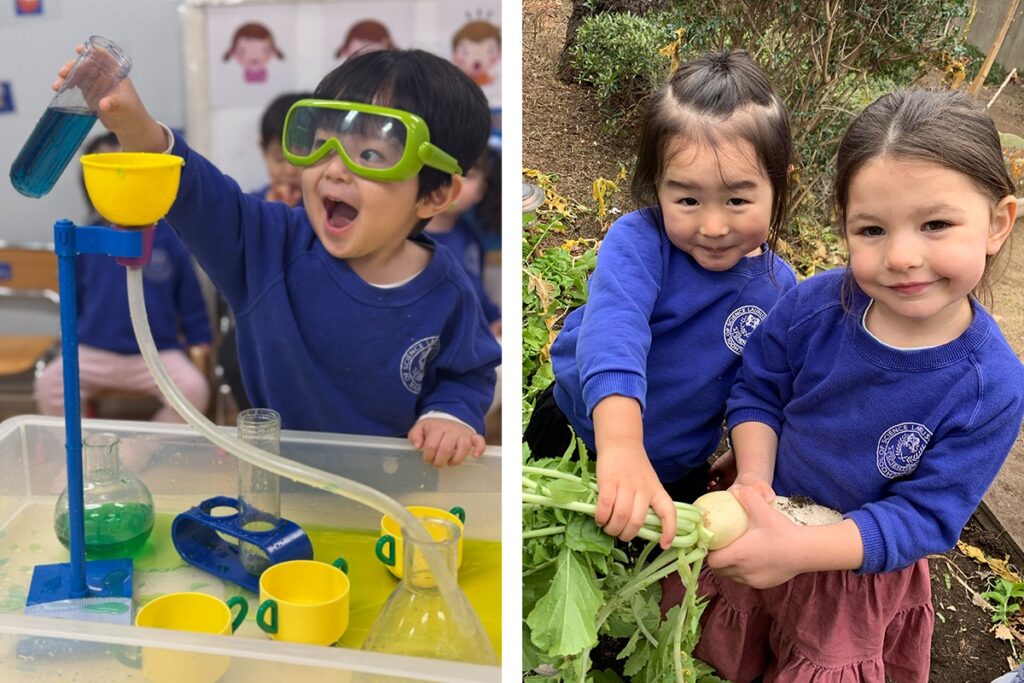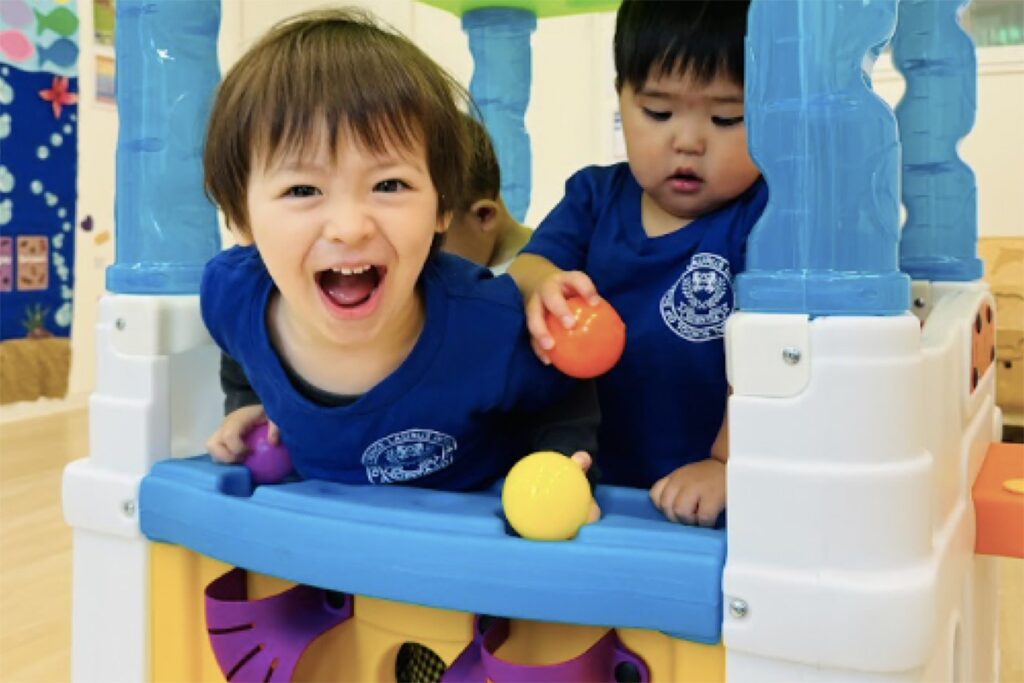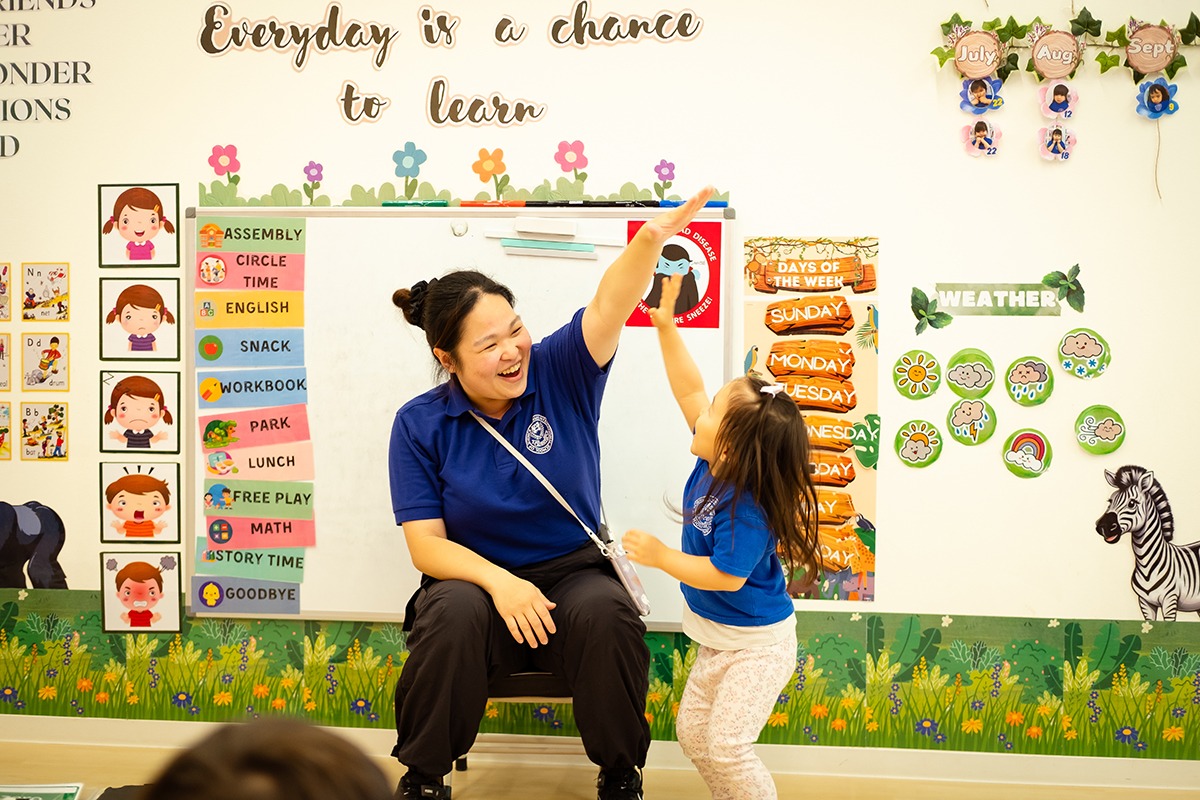Nurturing Tomorrow’s Innovators: STEM Learning from Infancy Through Preschool in Japan
I recently became a father for the first time and it has me thinking about childhood education on a far more personal level than ever before. I’ve built a career from developing science, technology, engineering and mathematics (STEM) education for children at Laurus International School of Science in Tokyo, but this is the first time that I’ve been able to fully consider things from the angle of a parent. There has been a growing spotlight on early childhood education in Japan in recent years with new research, curriculum reform signals and international competition pushing parents and schools to consider not only what children learn, but when they begin to learn. For expat families in Japan, especially those preparing for international qualifications such as the Cambridge IGCSE or those hoping to lay a strong foundation, the preschool and toddler years are more important than ever.
Why Does STEM Matter from the Very Beginning?
A recent study from Tohoku University challenged the long-held “three-year-old myth” in Japan; the belief that young children should stay at home until age three to ensure the best development. The research found that children entering group childcare from as young as six months old displayed better social, motor and problem-solving skills by age three compared with those who remained at home.
Similar findings were published in the first book from the science, technology, engineering, arts and mathematics (STEAM) Early Childhood Education Research Association of Japan. Whereas the traditional academic approach focuses more on memorization of patterns and facts, the researchers behind the book reveal that inquiry-based learning during preschool and kindergarten years encourages curiosity, creativity and cognitive flexibility.
The Ministry of Education, Culture, Sports, Science and Technology (MEXT) repeatedly confirms their commitment to strengthening early childhood education by improving access to STEM resources, illustrating how STEM learning has increasingly been seen as a crucial component of education for very young children. This is particularly true during the current AI boom, where laying the groundwork for critical, out-of-box thinking is essential for nurturing future innovators and entrepreneurs equipped with the finesse for harnessing—and developing—new technologies.
For families looking into international learning pathways, such as the Cambridge International General Certificate of Secondary Education (IGCSE), the initial preschool years are the springboard to improving the chances of success. If children are exposed to language-rich environments from an early age where they are given opportunities to explore, ask questions and experiment with their new ideas and build social emotional and physical skills, then by the time they reach primary school, they’re in a much stronger position to meet the IGCSE demands with confidence.

What To Look for When Choosing STEM-based Early Learning
If you’re a new parent like me, there are some key aspects that are important to prioritise when considering preschools:
| Aspect | Why it matters |
| Inquiry-based / play-based learning | Encourages independent thinking and creative problem-solving. |
| Language-rich environment (including English and phonics) | Critical for literacy and for access to international pathways. |
| Structured STEM exposure (science experiments, simple maths, observation, exploration) | Builds scientific thinking and comfort with quantitative and logical tasks. |
| Whole-child development (motor, emotional, social, physical) | STEM alone isn’t enough, strong social/emotional development supports academic success. |
| Qualified, attentive teachers, with small class sizes | Young children need more support and consistent attention. |
| Smooth transition and readiness for primary/international exams | For families aiming for IGCSE etc., preschool should align with or prepare for those trajectories. |
Being an expat living in Tokyo, there are also several cultural aspects to consider. In my last article, I went into detail about the various ways that international schooling in Japan can be beneficial to children and many of the cultural values apply to toddlers. The spirit of persistence (ganbaru) is at the core of everything toddlers do; although that value is often lost in western society as children grow up and are replaced with other “dog-eat-dog” approaches. However, combining this persistence with modern inquiry skills, experimentation and English proficiency fosters confident, creative children who are prepared for global challenges.
Mother & Toddler Classes: A Gentle Entry into STEM & Preschool
This is where supportive programs such as Laurus International School of Science’s Mother & Toddler classes come into play. These parent-and-child sessions are designed for the youngest learners (10–18 months) and allow families to participate in STEM exposure, language learning, sensory play and science-based exploration in a safe nurturing environment. Children have opportunities to begin socializing together physically and cognitively while parents get a chance to learn about the preschool environment, making the later transition to preschool life smoother.
Such practical lessons function as an explorative low-commitment way for parents to experience the school, instructors and class rhythm before enrolling. As children have an opportunity to become familiar with their new learning environment, they’re more likely to have a feeling of confidence and security when enrolling for preschool, giving them an early head start on their learning.

A Child’s Development Doesn’t Wait – Why Should Their Learning?
If you’re a foreign resident in Japan considering how to give your child the best possible start in life, STEM education from infancy through preschool is a compelling option that’s backed by research, educational policy and international trends. The Mother & Toddler classes at Laurus offer a gentle, hands-on entry to this world of learning and help pave the way for a happy and productive life for your child.Want to see for yourself? Join our Mother & Toddler Trial program, visit our new school in Bunkyo—there are now eight Laurus International Preschools and Kindergartens across Tokyo and Kanagawa, along with the Laurus International Primary, Middle and High School Campus in Shiba—explore enrollment options and ask about how our kindergarten levels feed into international qualifications in our primary and secondary schools. With spots filling up quickly, there’s no time like now to check it out. Who knows, I might even see you there with my own kid.

